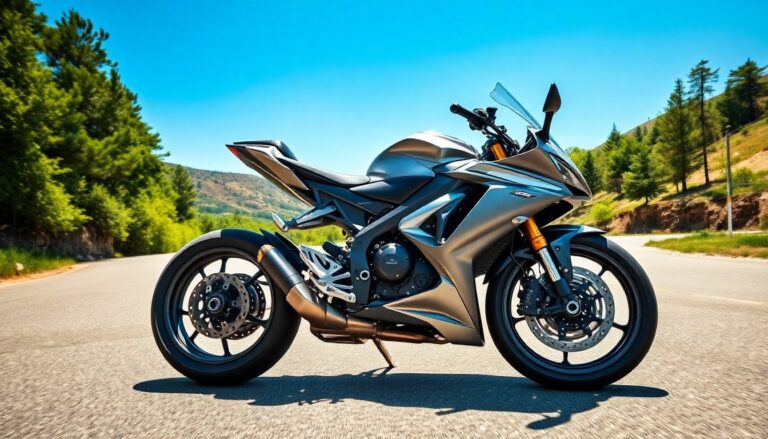Argomenti trattati
The world of superbikes resonates deeply with both enthusiasts and casual riders. These high-performance machines embody the pinnacle of engineering, design, and technology within the motorcycle industry. With their sleek lines, powerful engines, and cutting-edge features, superbikes symbolize freedom and adventure. This article explores the fascinating aspects of superbikes, including their history, technology, and appeal to riders globally.
The evolution of superbikes
Superbikes boast a rich history dating back to the late 1960s and early 1970s. Brands like Honda, Kawasaki, and Yamaha began developing motorcycles that pushed the limits of speed and performance. Initially, the term superbike referred to bikes with engines over 750cc, but advancements in technology have since evolved this definition. Today, superbikes typically feature engines ranging from 1000cc to 1300cc, delivering breathtaking power and speed.
One of the most iconic superbikes of the 1980s was the Kawasaki Ninja, which set a benchmark for performance motorcycles. This bike not only offered impressive speed but also featured innovative designs that prioritized aerodynamics. As competition intensified among manufacturers, superbikes became faster and more technologically advanced, incorporating features such as fuel injection, anti-lock braking systems (ABS), and electronic traction control as standard in many models.
The technology behind superbikes
Modern superbikes are engineering marvels, combining speed with advanced technology. At the core of these machines is the engine, often a liquid-cooled inline-four, V-twin, or even a V-four configuration. These engines are designed to deliver massive power output, often exceeding 200 horsepower, while maintaining a lightweight frame for enhanced agility.
Aerodynamics and design
Aerodynamics plays a crucial role in superbike performance. Manufacturers invest significantly in wind tunnel testing and computer simulations to minimize drag and optimize airflow. The sleek bodywork is not merely aesthetic; it is vital for achieving high speeds while ensuring stability. Innovations like adjustable windshields and full fairings contribute to rider comfort and control at high velocities.
Safety and technology
Safety features in superbikes have advanced markedly over the years. The integration of anti-lock braking systems (ABS) and traction control helps prevent wheel lock-ups and loss of traction during acceleration. Some models even incorporate advanced electronic systems that allow riders to customize power delivery and traction control settings based on their riding style or conditions. This level of personalization enhances both safety and performance.
The appeal of superbikes
What captivates so many riders about superbikes? For many, it is the thrill of speed and the adrenaline rush associated with riding a powerful machine. The sensation of being one with the bike, navigating corners, and accelerating down straightaways creates an unparalleled sense of freedom. Moreover, superbikes often carry a rich racing heritage, appealing to those who admire motorsport.
Beyond performance, superbikes represent a lifestyle. Riders frequently form communities united by a shared passion for motorcycles. Events, track days, and group rides foster camaraderie among enthusiasts who appreciate the art of riding. The culture surrounding superbikes is vibrant and inclusive, attracting newcomers eager to experience the thrill for themselves.
Superbikes are not merely motorcycles; they represent a fusion of art, engineering, and passion. Understanding the allure and mechanics behind these machines can deepen appreciation for the world of superbikes. From their rich history to cutting-edge technology and the vibrant community that surrounds them, superbikes will continue to captivate and inspire future generations.

